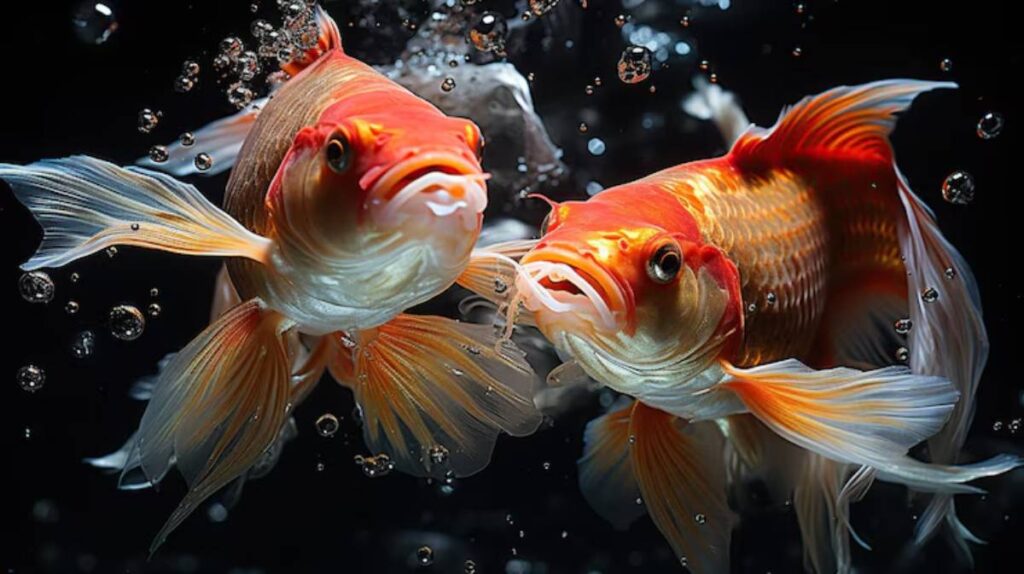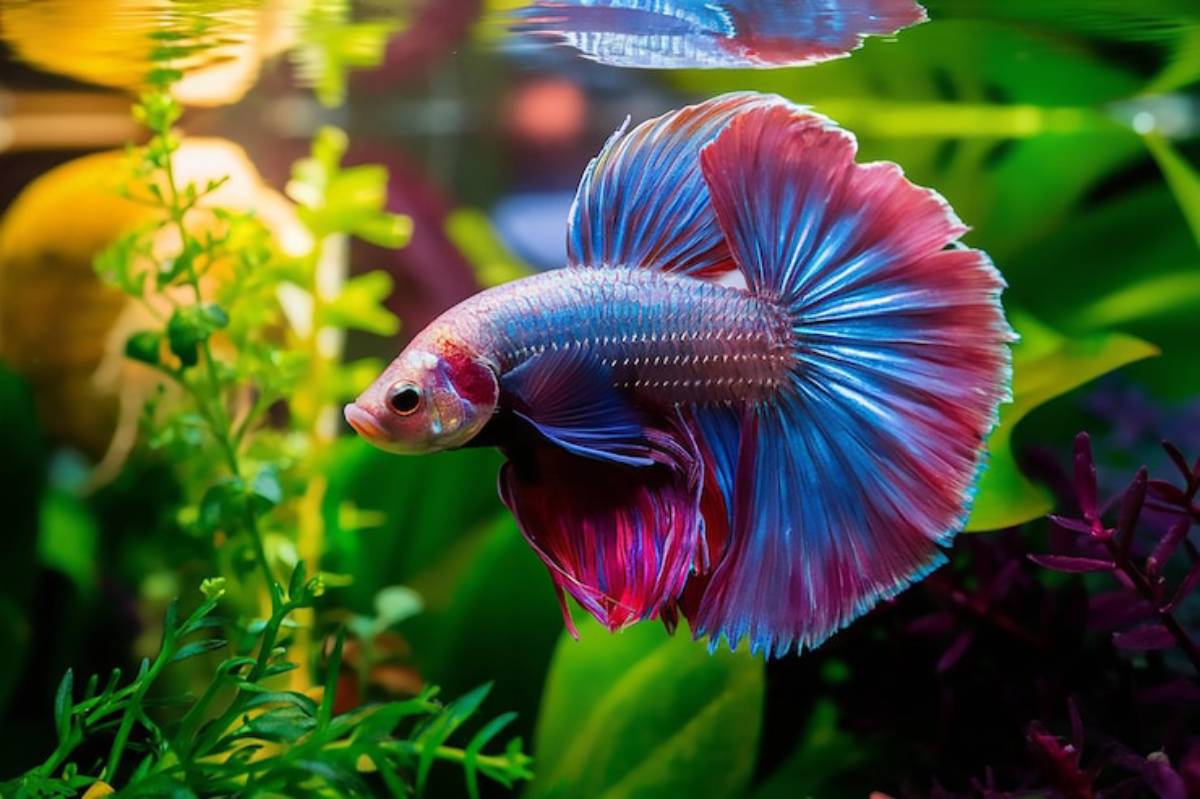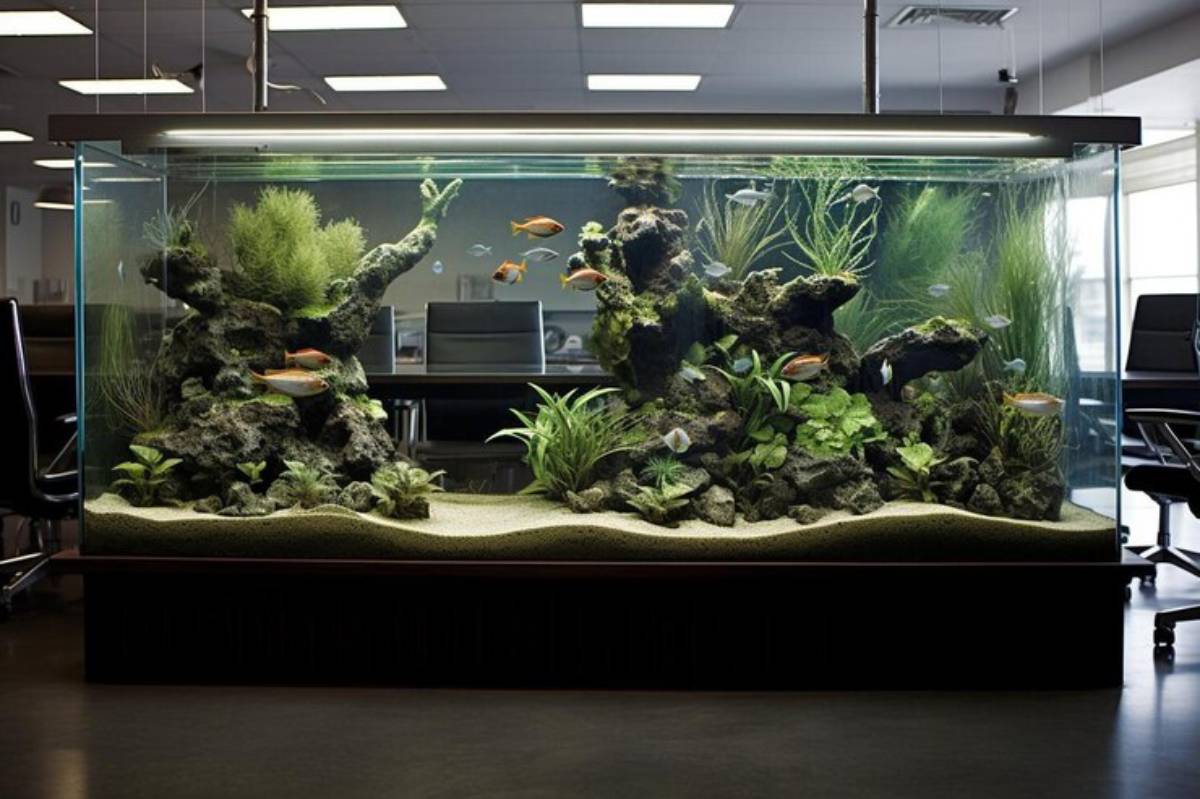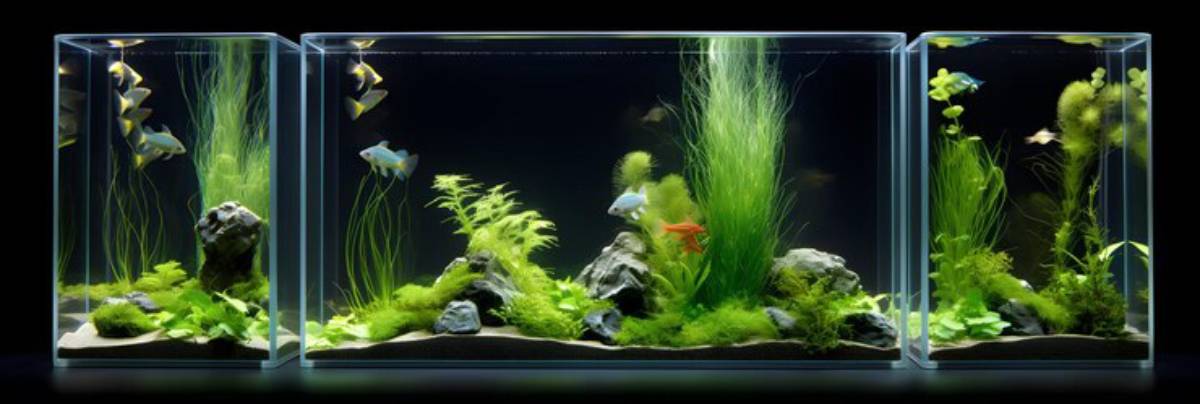The Pets Care Blog

Understanding Aggressive Fish Behaviour: What Causes It and How to Manage It
You’ve set up a beautiful aquarium, selected what you believed were compatible fish species, and eagerly watched them swim — until one starts chasing, nipping, or outright attacking the others. Sound familiar?
Aggressive aquarium fish behaviour is more common than many beginners expect. But don’t worry — you’re not stuck with a tiny underwater brawler wreaking havoc. With the right insight and practical strategies, you can understand and manage this behaviour before it spirals out of control.
In this guide, we’ll unpack the key reasons behind fish aggression, how to spot early warning signs, and practical steps to restore peace in your tank. Whether you’re new to the hobby or troubleshooting a recent tank conflict, this article will give you the clarity and confidence to create a balanced aquatic environment.
Why Do Fish Become Aggressive?
Aggression in fish isn’t always about being “bad-tempered”. Often, it’s instinctual — a response to territorial threats, competition, or even breeding.
1. Territorial Behaviour
Many fish species, particularly males, guard their space fiercely. This is especially true in smaller tanks where personal territory is hard to come by.
Common territorial fish include:
- Betta splendens (Siamese fighting fish)
- Cichlids (like African or South American types)
- Gouramis
- Some barbs and loaches
These fish often become aggressive if another fish encroaches on “their” area — even if it’s by accident.
2. Competition for Resources
Aggression can also stem from competing for:
- Food
- Hiding spots
- Mates
In community tanks, fast-swimming fish might outcompete slower ones at feeding time. This leads to tension, stress, and, eventually, aggression.
3. Mating and Breeding Instincts
During mating periods, some fish exhibit heightened aggression as they protect their partners or fry. This is typical of species like cichlids or livebearers (e.g., guppies and mollies), where males can become overzealous.
4. Improper Fish Compatibility
Not all fish are meant to live together. Incompatible species can lead to stress and aggression even if both are “peaceful” on paper.
To avoid mismatches, check compatibility thoroughly. A good reference point our guide on Community Tank Basics: Fish That Live Well Together.
Recognising Signs of Aggressive Behaviour
How do you know if you’ve got a troublemaker in the tank? Aggression isn’t always obvious right away.
Look for these signs:
- Fin-nipping or torn fins
- Chasing or cornering other fish
- Guarding a particular space or decoration
- Uneven feeding behaviour (some fish can’t get to the food)
- Fish hiding constantly or showing signs of stress (pale colour, rapid gill movement)
Don’t ignore these early signs. Left unchecked, aggression can lead to injuries, infections, and even death.
Common Aggressive Aquarium Fish (And What to Know Before Adding Them)
Let’s be honest — some fish have a bit of a reputation. They’re stunning to look at, but come with personalities that require careful tank planning.
1. Betta Fish (Siamese Fighting Fish)

- Nature: Highly territorial, especially males
- Avoid: Keeping two males together or with similar-looking species
- Better With: Peaceful bottom dwellers like corydoras (with caution)
2. Cichlids
- Nature: Varies widely by species, but many are territorial
- Avoid: Pairing with timid fish
- Better With: Other robust species in large, well-divided tanks
3. Tiger Barbs
- Nature: Semi-aggressive, known fin-nippers
- Avoid: Long-finned fish like angelfish or guppies
- Better With: Groups of 6+ to reduce bullying
4. Red-Tailed Shark
- Nature: Territorial with similar-shaped fish
- Avoid: Other sharks or similar bottom dwellers
- Better With: Mid- and top-level fish with different body types
Even within species, personalities vary. One guppy may be laid back, another surprisingly dominant. Observe each fish closely after introduction.
How to Manage and Reduce Aggression in Your Tank
Aggression isn’t always solved by rehoming. Many cases can be corrected with environmental changes and careful management.
1. Reassess Tank Size and Layout

- Too small? Cramped tanks intensify territorial fights. A good rule is 1 litre of water per 1 cm of adult fish length.
- Add natural barriers. Use plants, rocks, or decorations to break the line of sight and create “zones”.
- Use vertical space. Floating plants can calm surface dwellers and reduce tension.
2. Choose Compatible Species
If planning a community tank, select fish with similar:
- Temperament
- Water requirements
- Swimming levels
Never mix aggressive with passive species unless you’re highly experienced.
3. Feed Strategically
Feed in multiple spots to prevent hoarding. Using sinking pellets and floating flakes together ensures everyone gets their share.
4. Add Fish in the Right Order
Introduce peaceful or passive species first. Dominant or territorial fish should come last — they’re less likely to claim the whole tank.
5. Keep Groups in Ideal Numbers
Some fish become more aggressive when kept in too-small schools.
For example:
- Tiger barbs do best in groups of 6 or more.
- Tetras and rasboras prefer to school in groups of 6–10.
Small groups can trigger anxiety and erratic, aggressive behaviour.
6. Use Tank Dividers if Needed

If you’ve got a chronic aggressor, temporary separation using a divider may help. It allows visual contact but prevents physical harm. It’s especially useful for male bettas or breeding cichlids.
When to Remove an Aggressive Fish
Sometimes, despite your best efforts, a particular fish simply doesn’t settle. If one fish consistently:
- Attacks multiple tankmates
- Causes ongoing injuries
- Won’t respond to environmental changes
It may be time to rehome or isolate them.
You’re not failing by doing this. It’s responsible fishkeeping to prioritise the health of the whole tank.
Tips for Introducing New Fish Without Conflict
Adding new fish is a delicate process. Here’s how to do it with minimal disruption:
- Quarantine first. New fish should be kept in a separate tank for at least two weeks to prevent disease transmission.
- Redécorge decor. Before introducing new fish, move decorations around so existing fish “forget” their territory.
- Dim the lights. Lower lighting reduces initial stress for both new and existing fish.
- Monitor closely for 24–48 hours. Look for signs of chasing or fin-nipping.
For a complete step-by-step guide, visit How to Introduce New Fish Without Causing Stress.
Creating a Long-Term Peaceful Tank Environment
Peace in your tank isn’t a one-time fix — it’s an ongoing balance. Keep these tips in mind:
- Regular water testing keeps everyone healthy and less stressed.
- Observe daily for subtle changes in behaviour.
- Schedule weekly maintenance to keep the environment clean and stable.
- Enrich your fish’s habitat with hiding spots, live plants, and intedécorng décor.
Happy fish are less likely to become aggressive and more enjoyable to watch.
Conclusion: Taming the Tension in Your Tank
Aggressive behaviour doesn’t mean your fish are “bad”. It simply means they’re reacting to a need for space, safety, or social clarity. With understanding and proactive care, you can restore harmony to your aquarium.
By learning to identify warning signs, choosing compatible fish species, and making thoughtful changes, you’ll avoid common stressors and create a tank that flourishes long-term.
Feeling more confident about managing fish aggression? Leave a comment below sharing your experience or ask a question if you’re unsure about your current setup. Don’t forget to share this guide with fellow aquarists who might be facing their own tank tensions.









